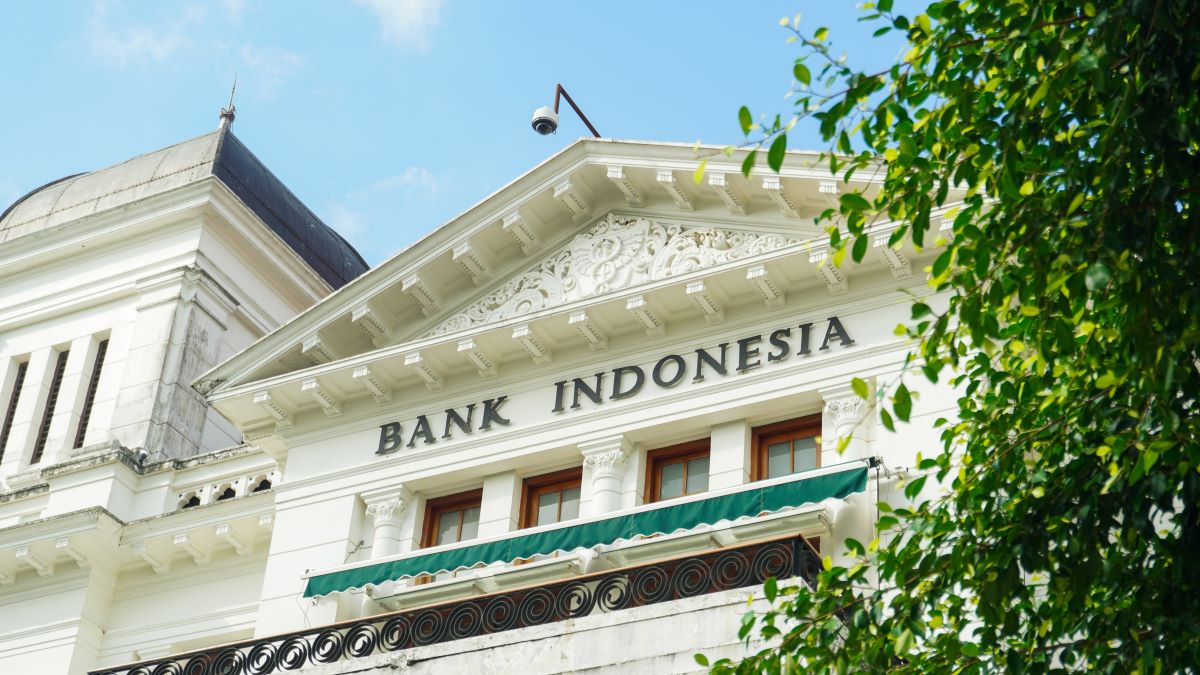The Indonesian banking sector is undergoing a metamorphosis marked by a robust digital revolution and sustained economic resilience. With one of the highest net interest margins in the world, the country’s banking sector stands out as one of the most profitable within the ASEAN region.
In 2022, Indonesian banks boasted total assets to the tune of $692.2 bn, growing at a CAGR of 7.2% from 2017. As of 2023, the nation hosts 106 commercial banks, along with a network of over 27.92 thousand bank offices. The most significant banks in Indonesia in terms of assets include Bank Rakyat Indonesia, Bank Mandiri, and Bank Negara Indonesia.
The ongoing digital transformation, accelerated by the pandemic, continues to redefine the sector. By 2025, the country expects to have 202 million mobile wallet users.
Also, there is plenty of room for this sector to grow as 80% of Indonesia’s 275 million population is still unbanked or underbanked. Looking ahead, Indonesia’s banking industry is poised to expand at a CAGR of 7.8%, reaching an impressive $1009.3 bn by 2027.
“We expect sustained profitability at Indonesia’s major banks in 2024 and 2025, driven by lower credit costs. The banks’ loan loss allowance reserves, which covered 49% of loans at risk at the end of June 2023, are likely to be sufficient to absorb any credit losses,” says Fitch Ratings.
“Profitability should also be supported by a reversal in monetary policy, which would boost banks’ net interest margins…We expect the major banks’ non-performing loan ratio to decline, given adequate provisions and moderating new stage 3 formation,” it adds.
Limited access to credit and infrastructural disparity pose difficulties
Despite the Indonesian banking industry’s robust nature, it faces intricate challenges that shape its growth trajectory. “These include economic uncertainty, limited access to credit…There are limits on foreign capital to the banking industry, which restrains its development and new product adoption,” says EMIS Insights.
Additionally, Indonesia’s vast and geographically diverse landscape introduces challenges related to infrastructural discrepancies. Varied infrastructure quality from one region to another makes it challenging for banks to reach and serve customers in certain areas, thus limiting the sector’s overall growth.
Besides, the Indonesian banking sector is vulnerable to cyber-attacks and other forms of digital fraud. This can create risks for banks and customers and may lead to increased regulatory oversight and compliance costs.
“With rising digital financial transactions, risks associated with digital and online transactions increase, and regulators are tightening set-up and operating requirements as well as customer protection regulations,” says ISEAS – Yusof Ishak Institute.
And, despite high mobile phone penetration, the country’s average internet broadband speed lags behind its peers, posing difficulties for consumers in adopting digital banking services.
Separately, digital banks in Indonesia encounter challenges related to limited revenue streams. Also, the absence of credible data to predict consumer creditworthiness hampers the potential growth of Indonesia’s digital banks, signaling the need for comprehensive data solutions.
Government aims at liquidity boost and regulatory reforms
For the Indonesian banking sector to function efficiently, the country’s government has implemented various measures. This includes lowering foreign exchange reserve requirements for commercial banks to increase liquidity in the banking sector.
The government, supported by the World Bank, has also embarked on an ambitious reform of Indonesia’s intergovernmental finance system for more efficient local government spending.
Last year, the Indonesian parliament officially passed the Financial Sector Development and Strengthening Reform Bill (P2SK). The enactment of the P2SK Law is expected to enhance the supervision of Indonesia’s financial sector.
Also, this legislation aims at reinforcing collaboration among key government financial entities. This includes the Central Bank of Indonesia, Financial Services Authority (OJK), and Deposit Insurance Corporation (LPS).
While the regulatory environment generally supports the banking sector, experts highlight challenges in implementing and enforcing regulations. This introduces uncertainty for banks, impacting their ability to innovate and grow.
Despite all its drawbacks, Ernst & Young (EY) asserts that the Indonesian banking sector demonstrates considerable strength in terms of trust. Nevertheless, EY emphasises the necessity for banks to articulate the specific roles they aim to fulfill.
“Are they the backbone or simply a part of the ecosystem? How can they leverage their ecosystem to accelerate innovation and speed to market? What current or future consumer problems do they intend to solve? Answering these questions will help to steer banks into a winning position in Indonesia’s fast-moving and exciting financial services sector,” says EY.


 Australia
Australia China
China India
India Indonesia
Indonesia Japan
Japan Malaysia
Malaysia Philippines
Philippines Singapore
Singapore South Korea
South Korea Taiwan
Taiwan Thailand
Thailand Vietnam
Vietnam







